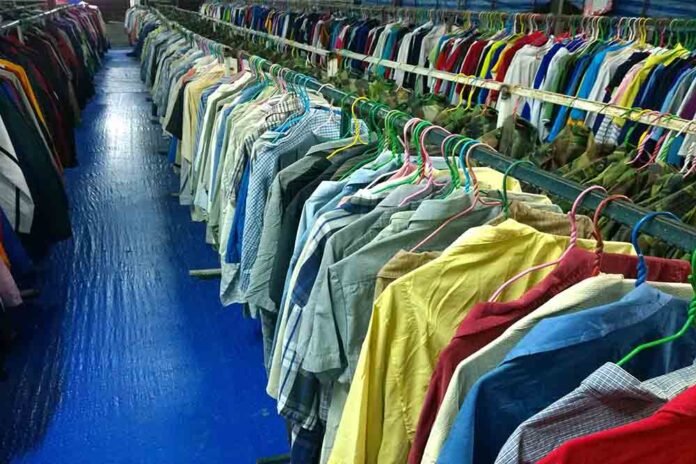East African Community and the private sector forum held at the high-level African Union in Nairobi last week, it was reported that Africa, and especially the East African region, is the least consumer of local textiles.
Although East Africa has a massive capacity to produce cotton textiles and apparel given the availability of raw materials and human capital, the region scores relatively low in consumption of local textile products.
Cotton farmers face major constraints including a decline in seed cotton production, low quality of cotton seeds, and relatively high costs of production.
Over 70 percent of apparel sold in East Africa is imported second-hand clothes, while apparel companies based in Kenya export a majority of their products, particularly to the US.
Kenya and Ethiopia are the leading exporters of textiles and apparel to the US under the African Growth and Opportunity Act (Agoa) but with raw materials sourced outside at the expense of locally produced cotton and yarn.
The current consumption of all textiles in the US is 39 kilos per capita, revealed Jas Bedi, a local manufacturer, adding that Africa’s textile industry is highly fragmented and needs better coordination. The second-highest consumer of Africa’s textiles is Europe with 25kg per person annually, followed by China (16kg) and India (6kg). “In Africa, it is only three kilos, out of which two kilos are second-hand,” said Bedi.
Africa ranks among the highest producers of raw materials globally for textiles and garments including cotton but ranks last in consumption of its textiles, thanks to a thriving second-hand clothing industry dominated by the US and China.
Between 2017 and 2021, second-hand clothing imports averaged 160,638 tonnes per year in Kenya with 183,830 tonnes shipped in 2021.
The annual consumption of cotton by the African textile mills is estimated at 8,000 metric tonnes (41,200 bales), and the demand to meet national requirements is 26,000 metric tonnes (140,000 bales). These statistics reveal that the high potential of the textile industry is curtailed by undersupply of cotton raw materials.
The commissioner of Economic Development, Trade, Tourism, Industry and Minerals at the African Union Commission Albert Muchanga, said Africa can produce more cotton and buy more of its textiles if it can reduce production and transport costs. He told the forum that the linkages among African countries are very limited and so it is very difficult for a small-scale businessperson to connect to another part of the continent. It is also very expensive to transport goods and so we need to reduce transport costs,” said Muchanga.
EAC partner states have been unable to protect their apparel sector against cheap second-hand imports even after heads of state resolved, in 2016, to phase out the importation of used clothes and encourage local production. The move was strongly opposed by the US recycling industry. The EAC has, however, levied duty on textiles under the common external tariff (CET) at 35 percent – the highest band under the bloc.
Kenya produces 28,000 bales of cotton annually, against a requirement of 140,000 bales. To meet the demand, companies import 80 percent of the raw material from India, China, and the rest of East Africa. Cotton farmers face major constraints including a decline in seed cotton production, low quality of cotton seeds, and relatively high costs of production.
The African Development Bank Group (AfDB) has estimated that up to 600 percent of value can be created along the cotton value chain: From cotton production, spinning and twisting into yarn, to weaving and knitting into the fabric, followed by dyeing, printing, and design.
Early this year, the Kenya Association of Manufacturers put forward a proposal that would require local sellers of second-hand clothing to include at least 10 percent of garments produced within the country in their inventory. KAM said the domestic apparel sector could create about 200,000 new jobs by 2030 and save Kenya over $282.9 million annually by halving the import of used clothes.
In Tanzania, the government spends about $183 million per year to import second-hand clothes, mostly from China, United Arab Emirates, India, Canada, America, the UK, and South Korea. The 6 government removed import duty on raw materials for fabrics, targeting to attract more investments to boost local production.
The Minister for Industry and Trade Ashatu Kijaji, Tanzania has 10 textile factories, with the capacity to produce about 43 million clothing units. Lack of investment and capital base has retarded production.
This number is down from 30 textile mills established in 1965, 24 of which were owned by the government and consuming over 360,000 tonnes of cotton per year. After ownership was passed to private investors in 1990, most of the mills closed down.



